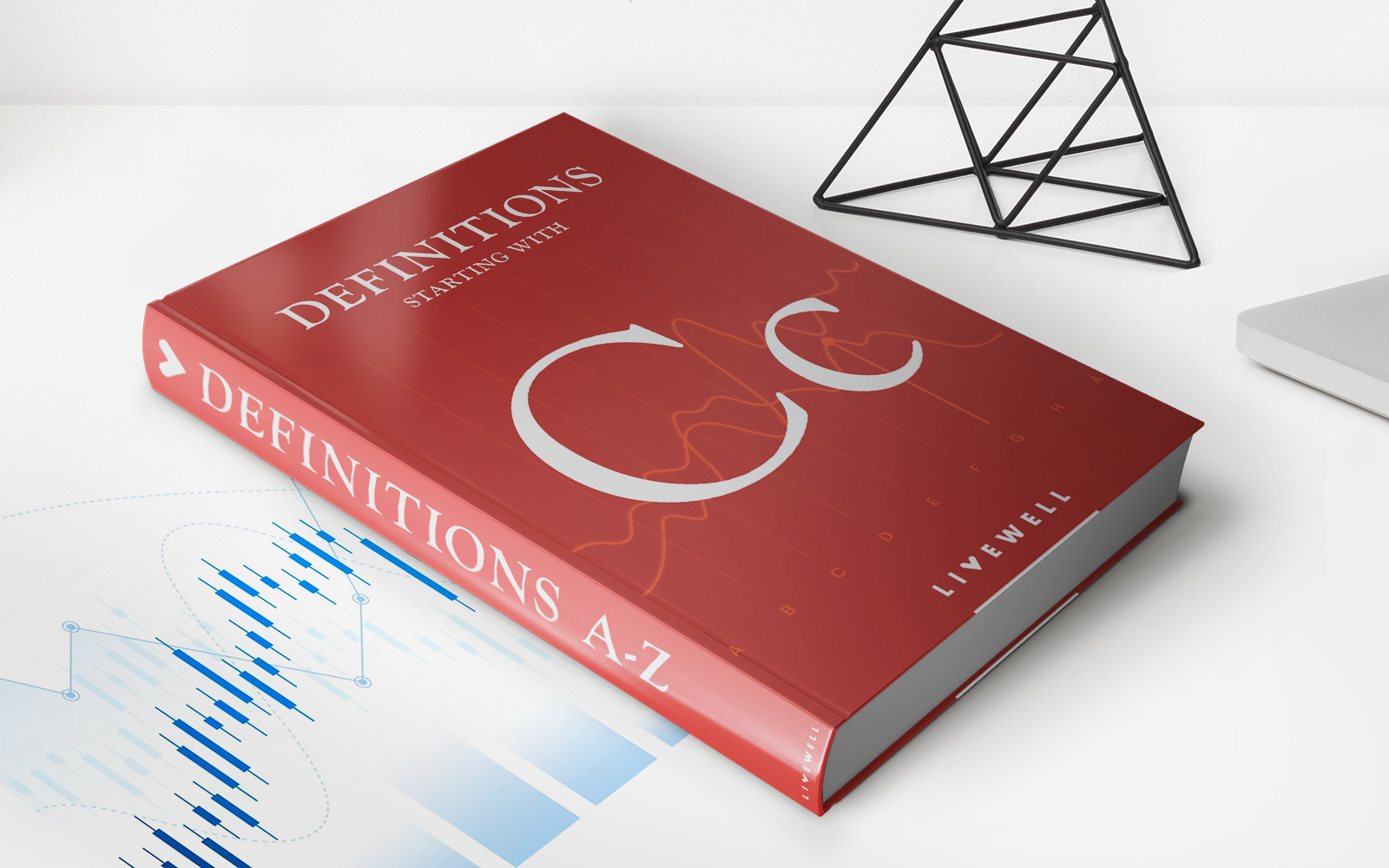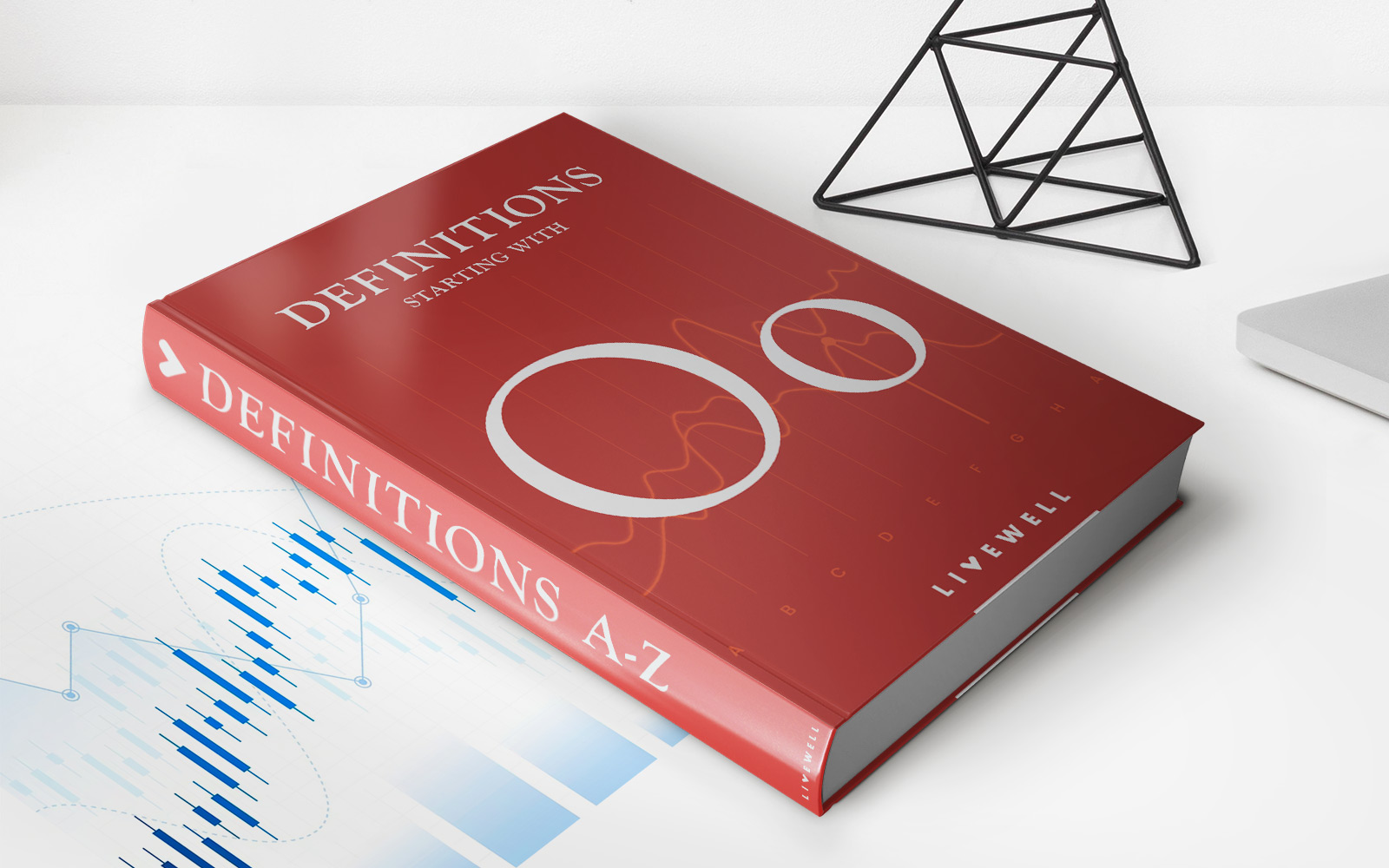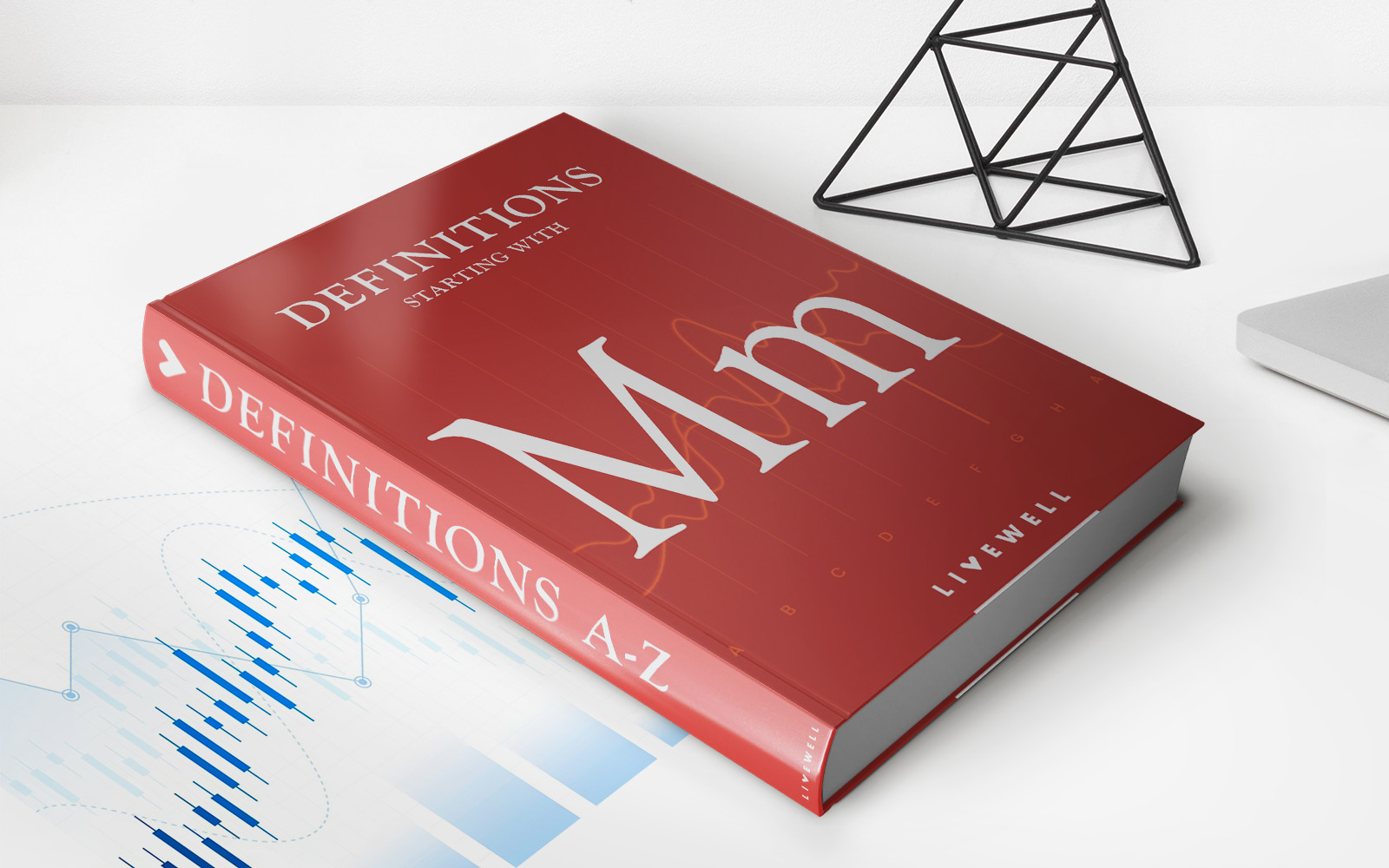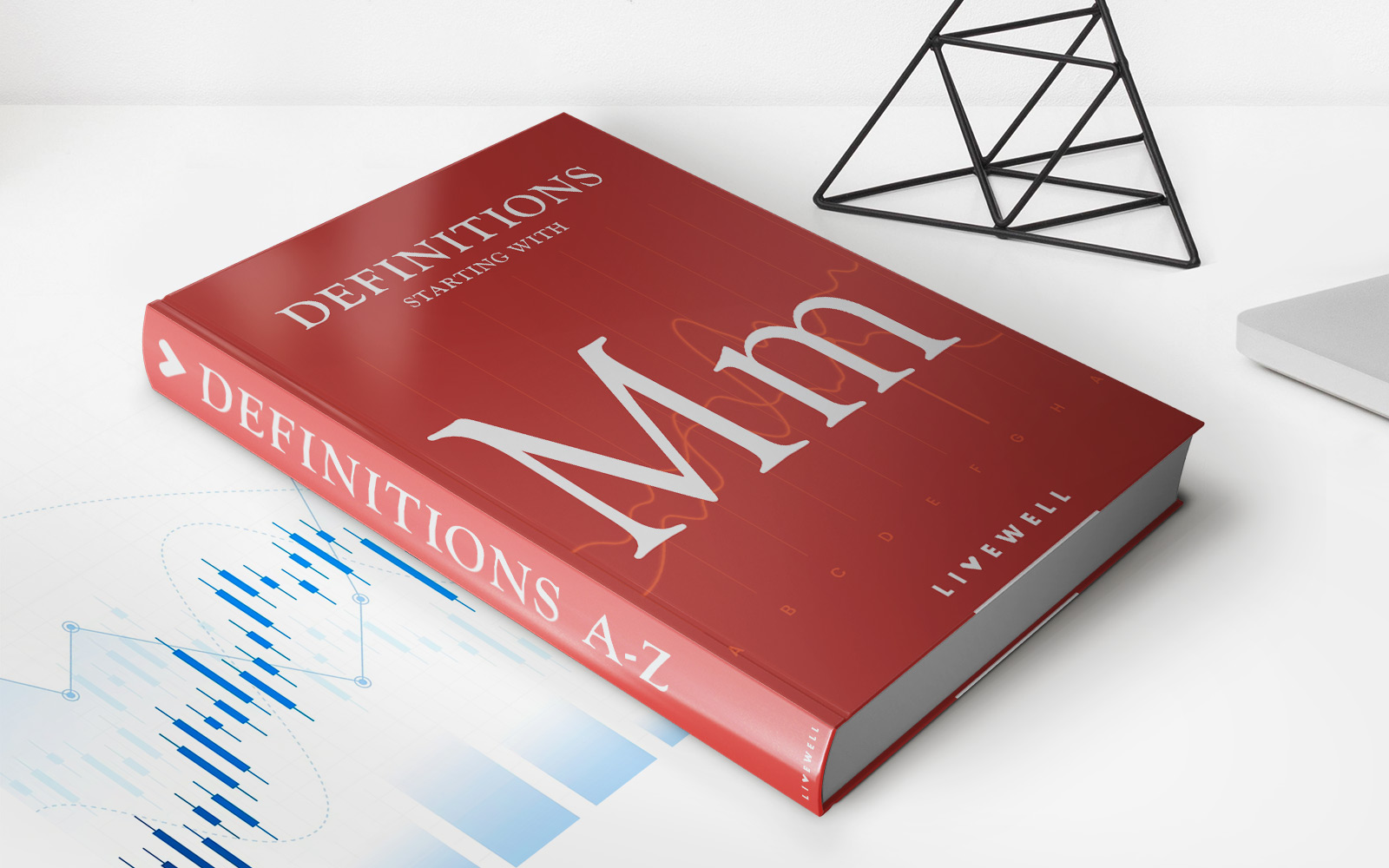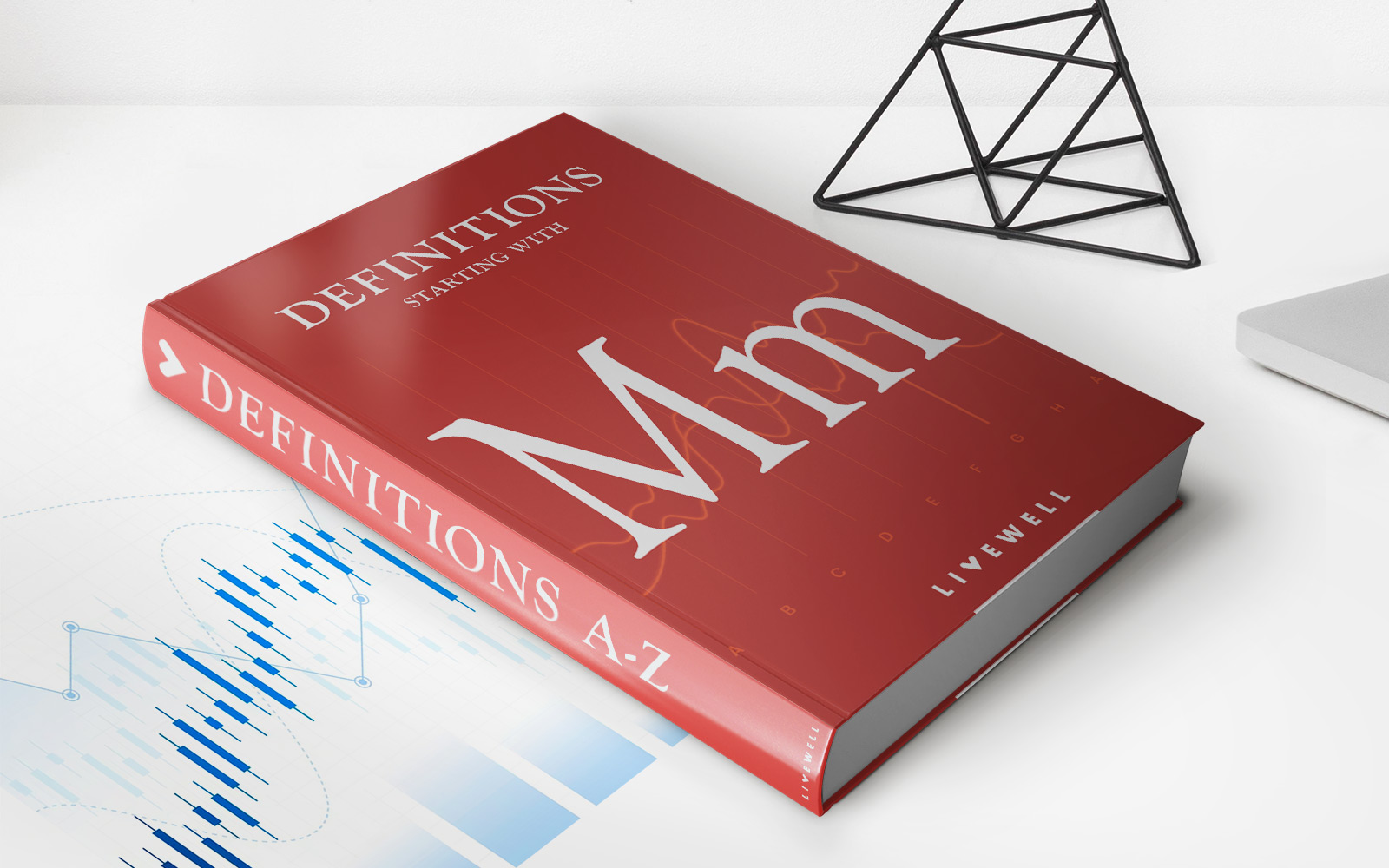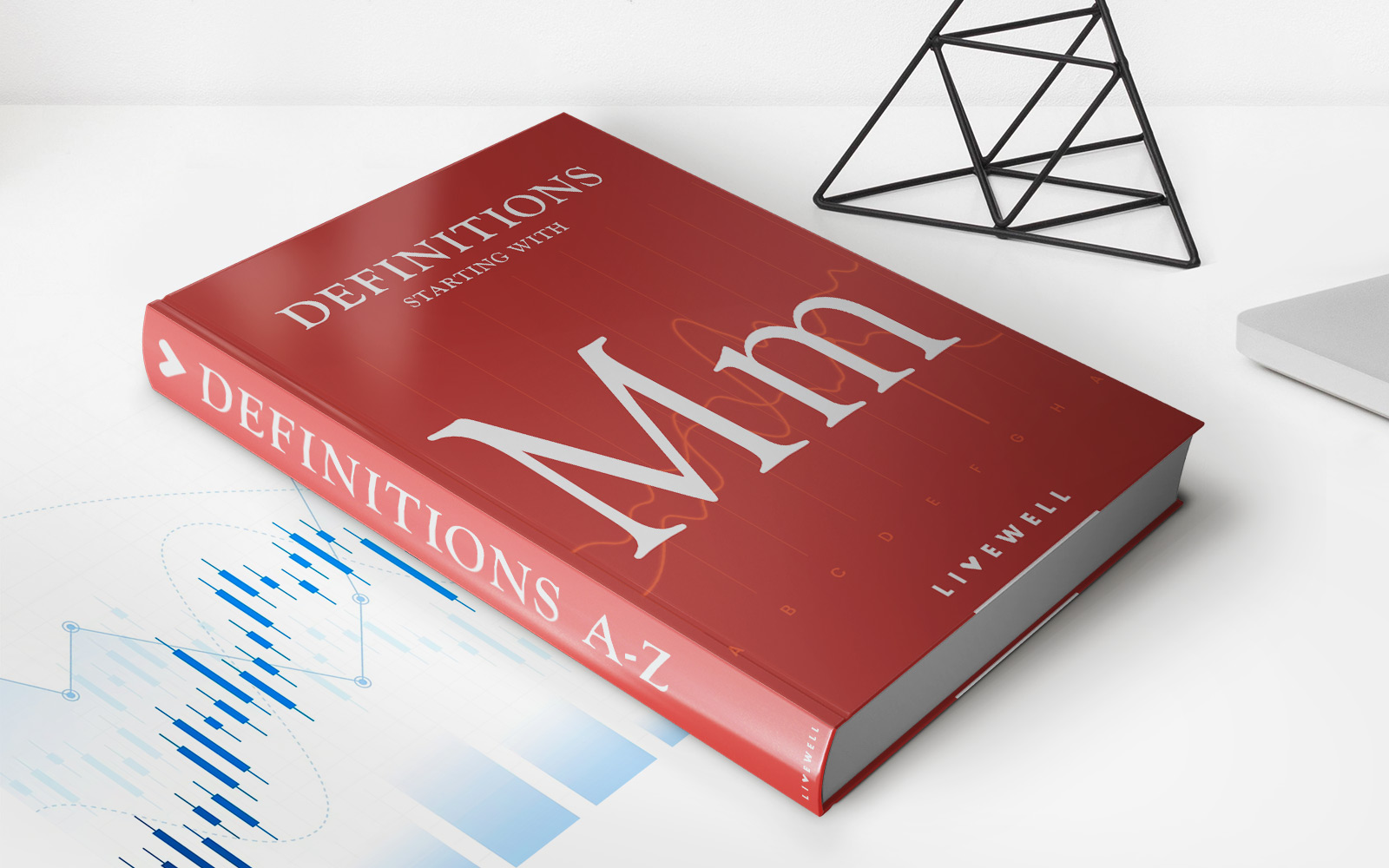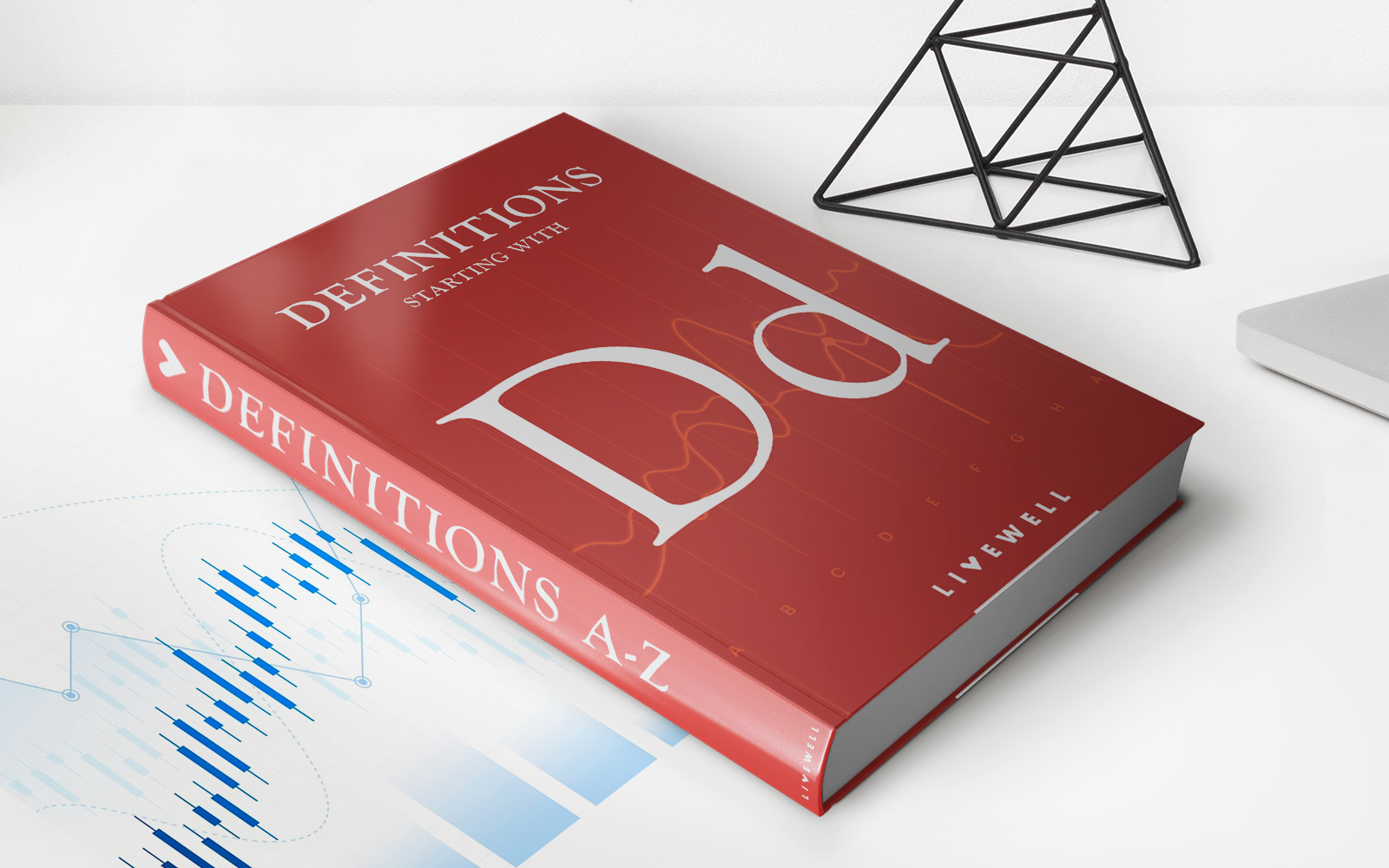Home>Finance>Marginal Propensity To Import (MPM): Definition And Calculation
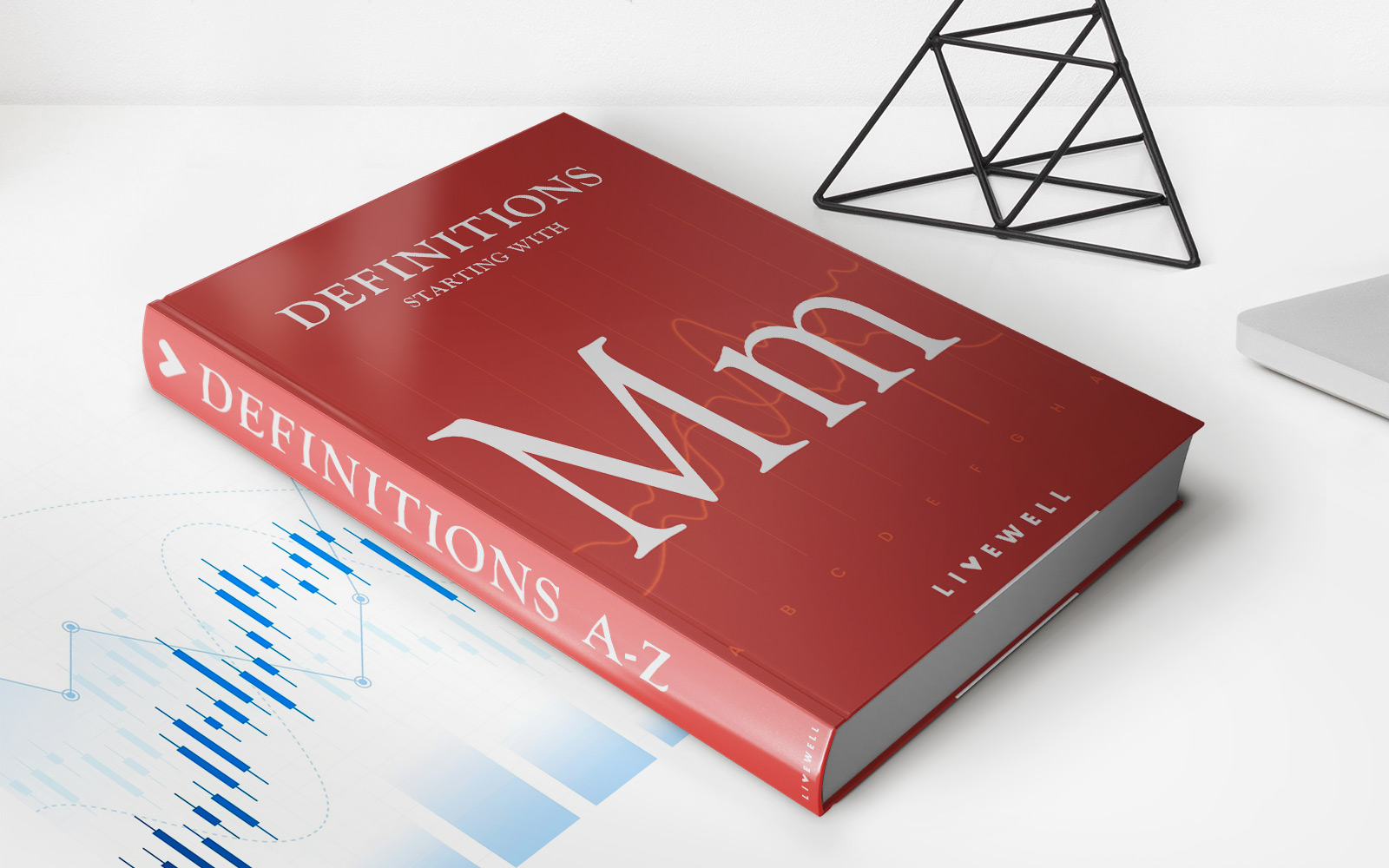

Finance
Marginal Propensity To Import (MPM): Definition And Calculation
Published: December 22, 2023
Learn the definition and calculation of Marginal Propensity To Import (MPM) in Finance. Understand how MPM impacts the economy and trade.
(Many of the links in this article redirect to a specific reviewed product. Your purchase of these products through affiliate links helps to generate commission for LiveWell, at no extra cost. Learn more)
Understanding Marginal Propensity To Import (MPM): Definition and Calculation
When it comes to finance, there are various concepts and terms that play a significant role in understanding economic indicators. One such concept is the Marginal Propensity To Import (MPM), which refers to the change in imports resulting from a change in income. But what exactly is MPM, and how is it calculated? In this blog post, we will delve into the details of MPM, its definition, and the formula used to calculate it.
Key Takeaways:
- Marginal Propensity To Import (MPM) measures the proportionate change in imports due to a change in income.
- MPM is influenced by factors such as consumer preferences, exchange rates, and government trade policies.
Defining Marginal Propensity To Import (MPM)
In simple terms, Marginal Propensity To Import (MPM) signifies the change in imports caused by a change in income. It measures the responsiveness of two variables – income and imports – within an economy. MPM helps economists analyze the impact of changes in income on a country’s import levels.
MPM is an important concept as it helps understand the relationship between income and the level of imports in an economy. By quantifying this relationship, economists can estimate the impact of changes in income on imports, providing valuable insights for policymakers and investors.
Calculating Marginal Propensity To Import (MPM)
To calculate MPM, you need to divide the change in imports by the change in income. The formula for calculating MPM is as follows:
Marginal Propensity To Import (MPM) = Change in Imports / Change in Income
The change in imports and change in income can be represented as numerical values or expressed as a percentage change. By using this formula, economists can determine the proportionate change in imports that occurs due to a change in income.
Factors Influencing Marginal Propensity To Import (MPM)
The Marginal Propensity To Import (MPM) is influenced by various factors that impact a country’s import behavior. These factors include:
- Consumer Preferences: Consumer preferences affect the types and quantities of imported goods and services. If consumers develop a preference for foreign products, the MPM is likely to increase.
- Exchange Rates: Exchange rates play a crucial role in determining import levels. A depreciation in the domestic currency can lead to more expensive imports, which may decrease the MPM.
- Government Trade Policies: Government trade policies, such as tariffs and quotas, can significantly influence import levels. Increased restrictions on imports may lower the MPM.
Conclusion
The Marginal Propensity To Import (MPM) is a valuable economic indicator that helps understand the relationship between income and import levels within an economy. By quantifying the proportionate change in imports due to a change in income, economists can analyze the potential impact of income fluctuations on a country’s import behavior. Factors like consumer preferences, exchange rates, and government trade policies can further influence the MPM. Understanding the MPM provides important insights for policymakers and investors, aiding in informed decision-making.


